http://vimeo.com/utsoa/review/110618744/1d31a021d2
JOHN FRIEDMAN

The Visual Resources Collection is excited to announce a new introductory Digital-SLR photography workshop. This one-hour session will focus on familiarizing students new to DSLRs with the cameras available for check-out in the VRC, in addition to covering basic shooting techniques. An overview of shooting modes, lens selection, aperture, shutter speed and exposure will be given, along with instruction on how to best utilize these camera settings in situations particularly relevant to students, including studio project and site condition documentation.
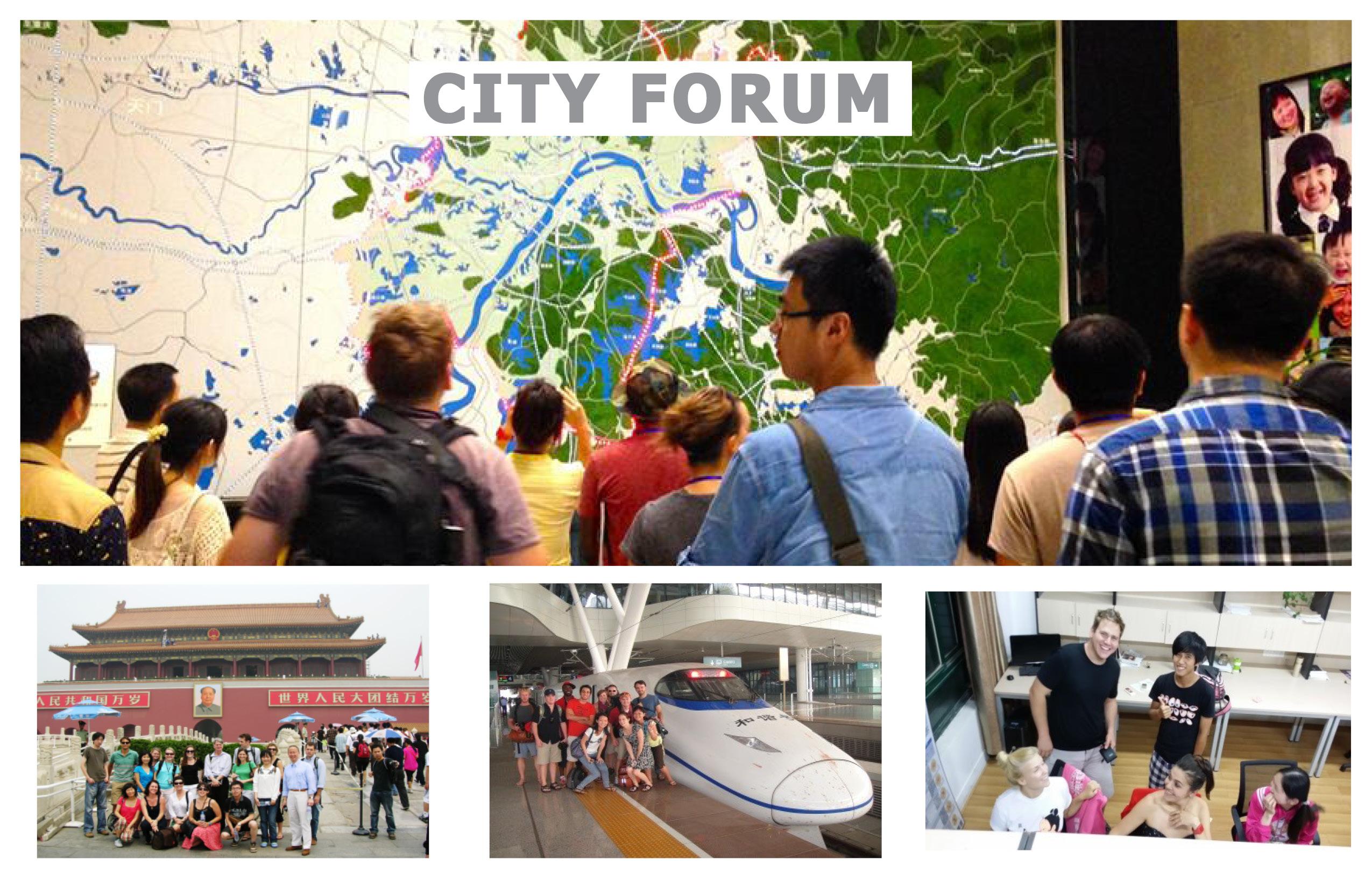
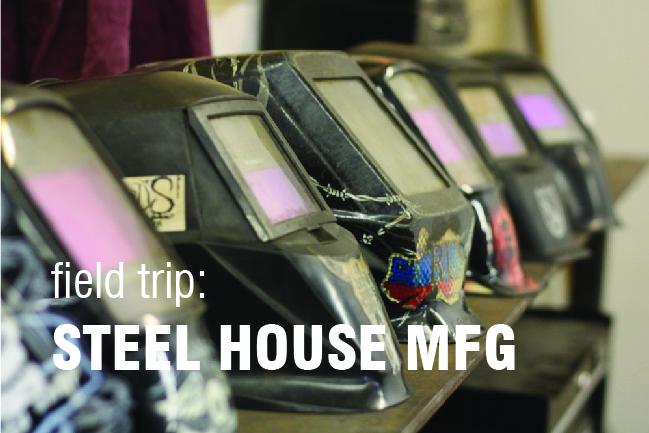
Steel House MFG
4310 Willow Springs
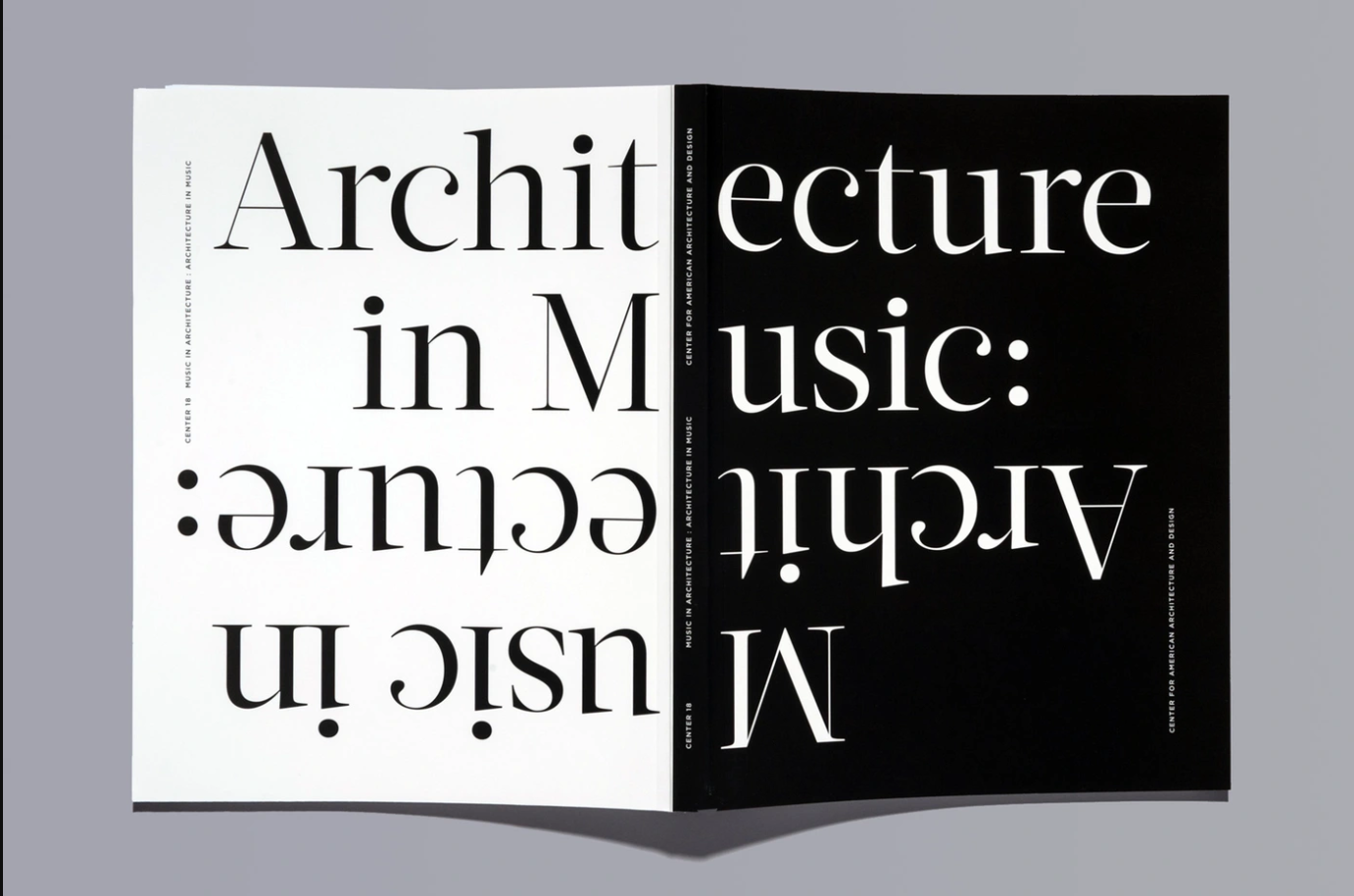
With a special music performance by line upon line percussion
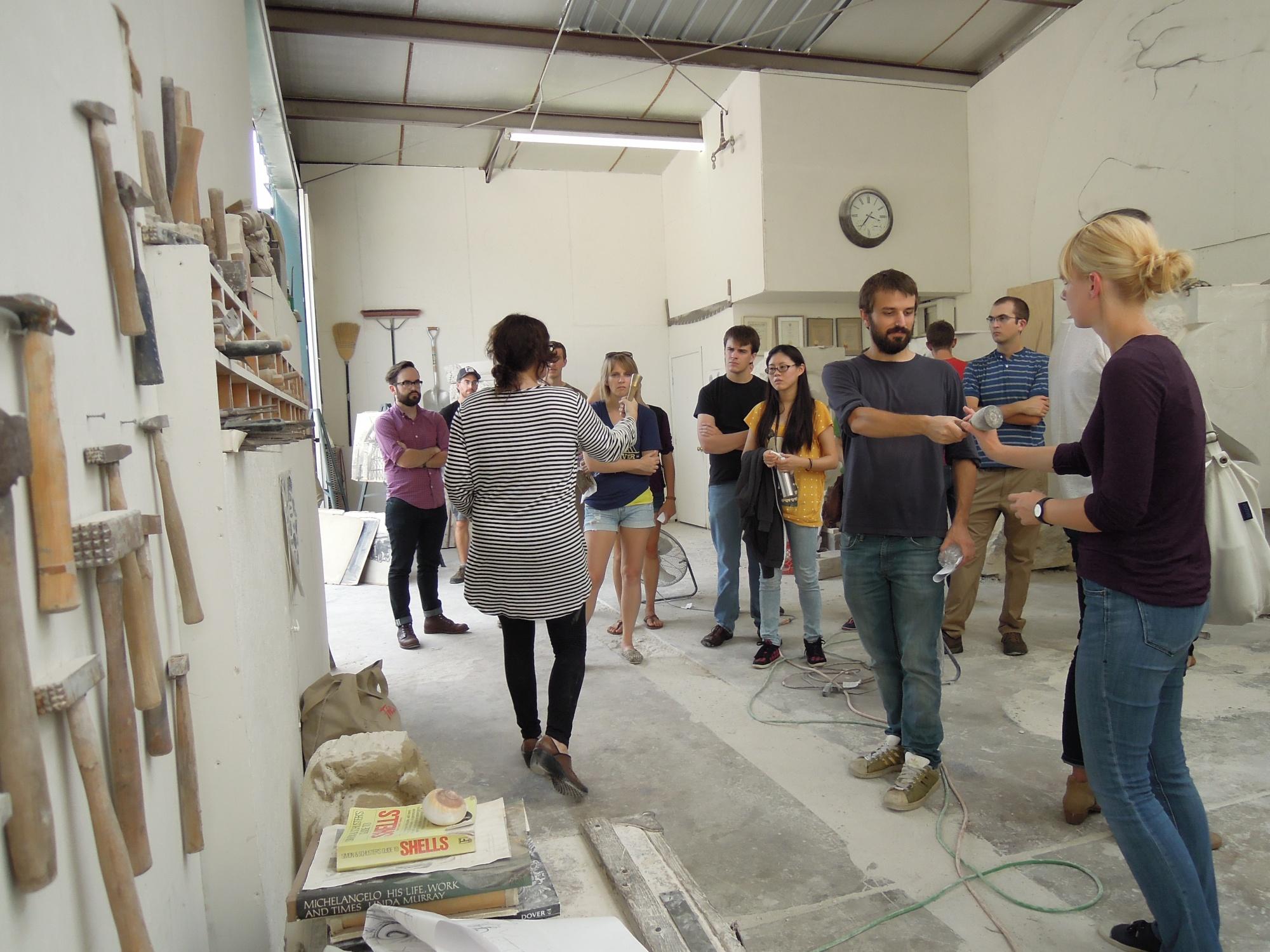
Kincannon Studios
2601 E 5th St.
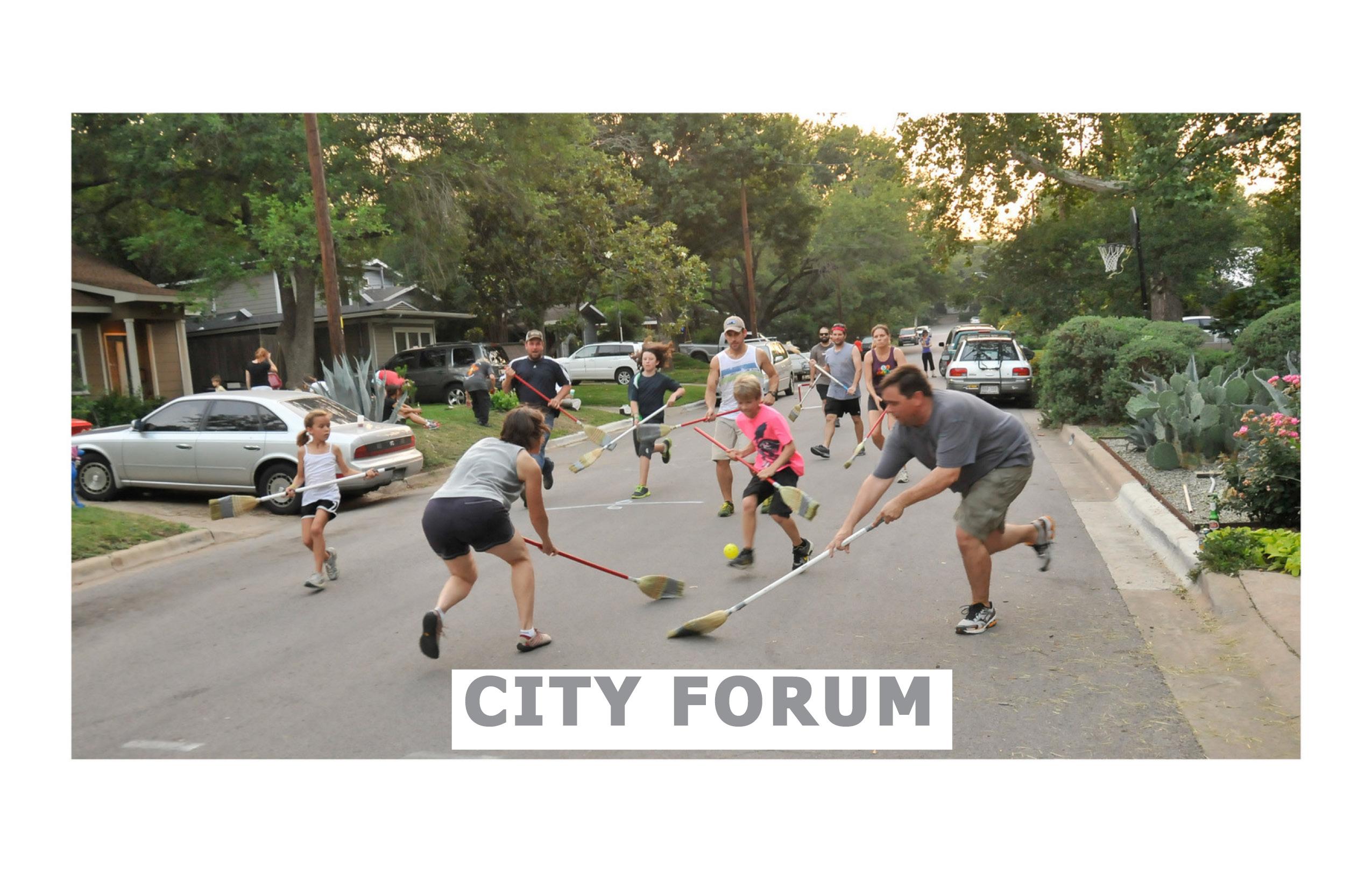
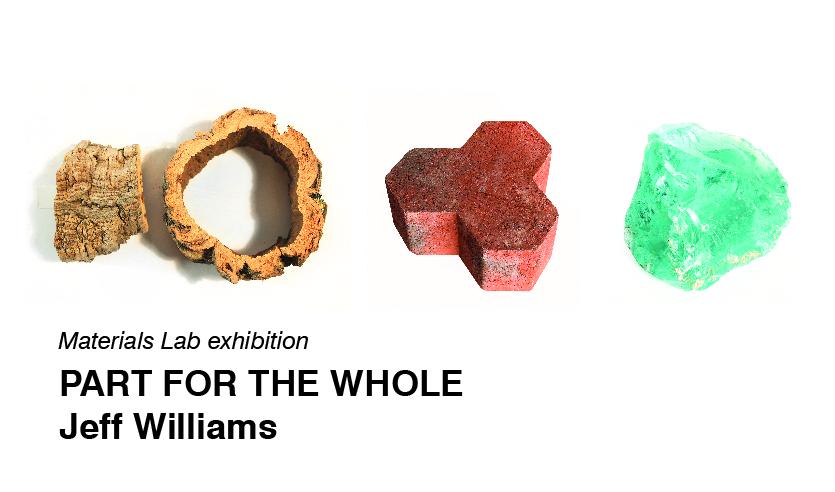
This exhibition features configurations assembled by Jeff Williams, assistant professor of sculpture and extended media at the UT Austin Department of Art. The work utilizes materials from the library's extensive 28,000+ sample collection and seizes upon the artificiality of the prescribed function of these objects. Williams’ configurations bring attention to the particular physical qualities of each, making us look close. Using items from the collection, he juxtaposes materials that would otherwise not be seen together.
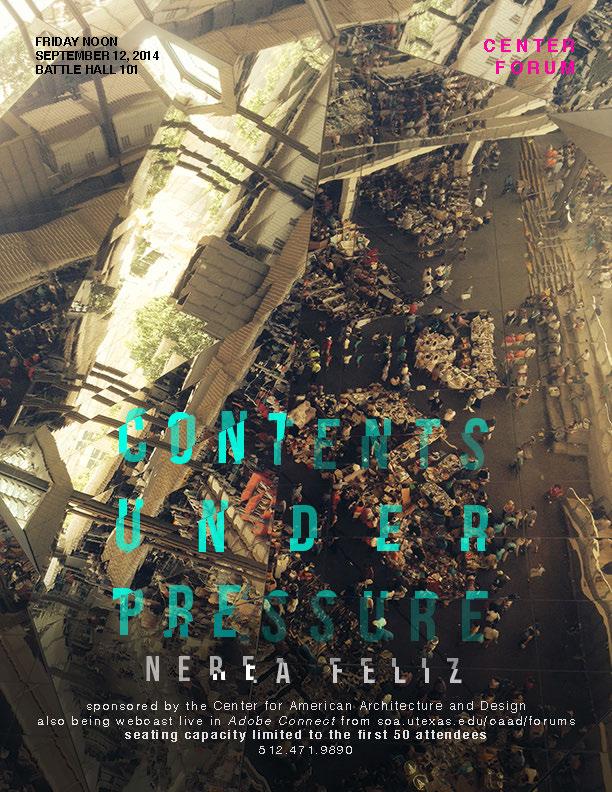
On Friday, September 12, the Center for American Architecture and Design hosted Nerea Feliz as part of the Friday Lunch Forum series. She presented "Contents Under Pressure."
FRIDAY LUNCH FORUM
Roughly every other Friday during the fall and spring semesters, the Center hosts the Friday Lunch Forum Series. The aim of the series is for faculty, staff, and students to meet in an informal atmosphere to debate topics and to share ideas about history, practice, theory, and new directions for architecture. Recordings of each forum will be posted as they become available.

